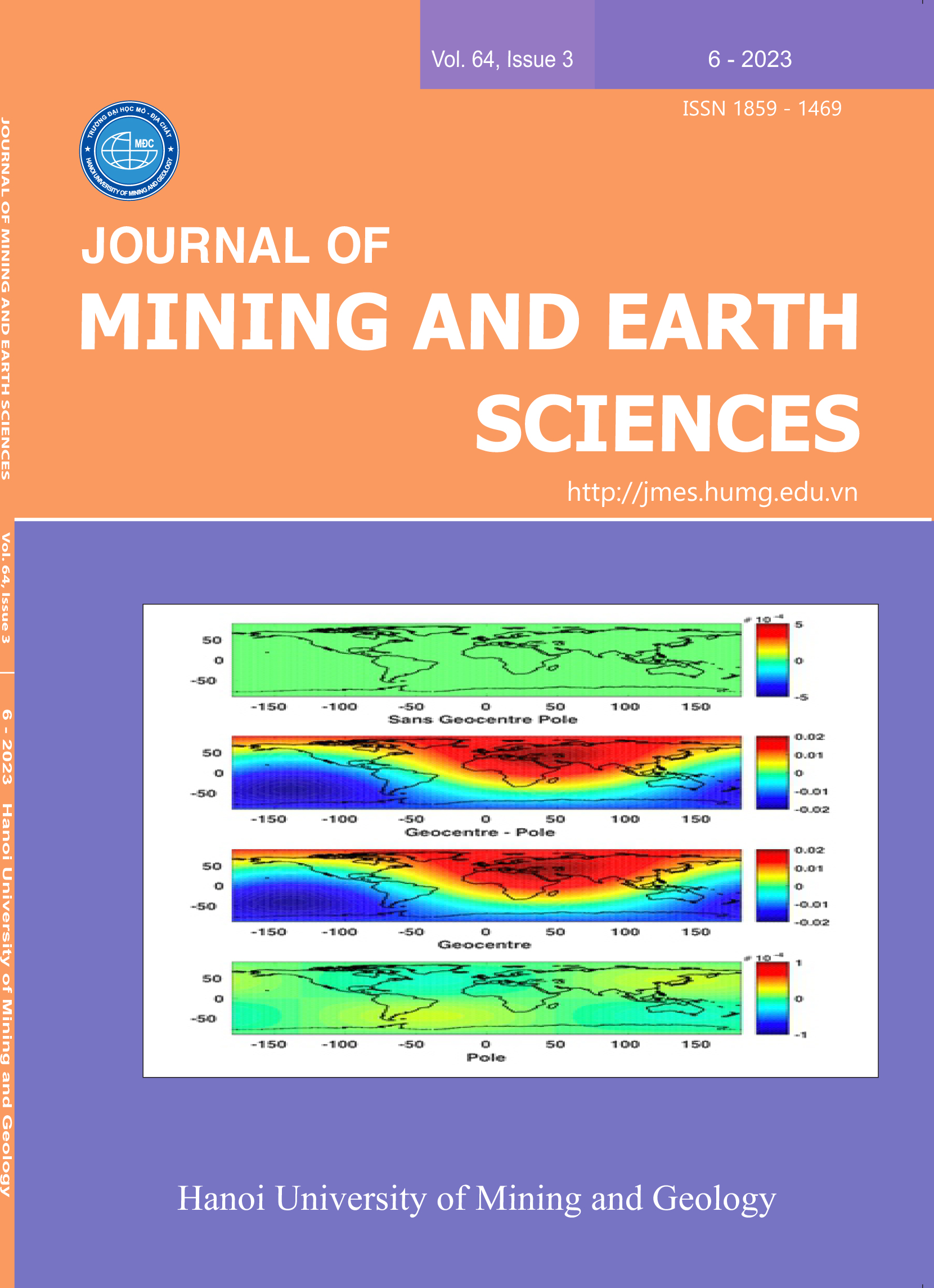Application of artificial neural network and seismic attributes to predict the distribution of Late Oligocene sandstones in the Cuu Long basin
Tóm tắt
Artificial neural network (ANN) has been widely applied in oil and gas exploration and production. This study presents the results of predicting the distribution of Late Oligocene sandstones in the Cuu Long basin based on the application of ANN and seismic attributes. These results have great significance, helping to orient the oil and gas prospection and exploration of the Cuu Long basin and other exploration objects on the continental shelf of Vietnam. The authors used unsupervised neural networks (UNN) and UNN methods constantly associated with the principal component analysis (PCA) to divide seismic facies. Seismic attributes such as Root mean square (RMS), Frequency, Envelope, Relative Acoustic Impedance (RAI), Phase, Sweetness, Amplitude, and t-Attenuation were analyzed and selected as input for the ANN training and testing process. These attributes can reflect changes in lithology, and sedimentary facies, from which will have a better view of the distribution of reservoirs in the study area. From 4 to 10 classes of seismic facies have been tested using each method to improve the results. Comparing the results of seismic facies classification by the UNN method and by UNN combined with PCA, it can be seen that the UNN combined with PCA will help reduce noise in seismic data better than UNN only. The research results have identified the distribution of Late Oligocene potential sandstones in the study area in the Cuu Long basin, which are mainly concentrated on the slopes of a large lake, with the direction of sediment transport from the West and Northwest.

